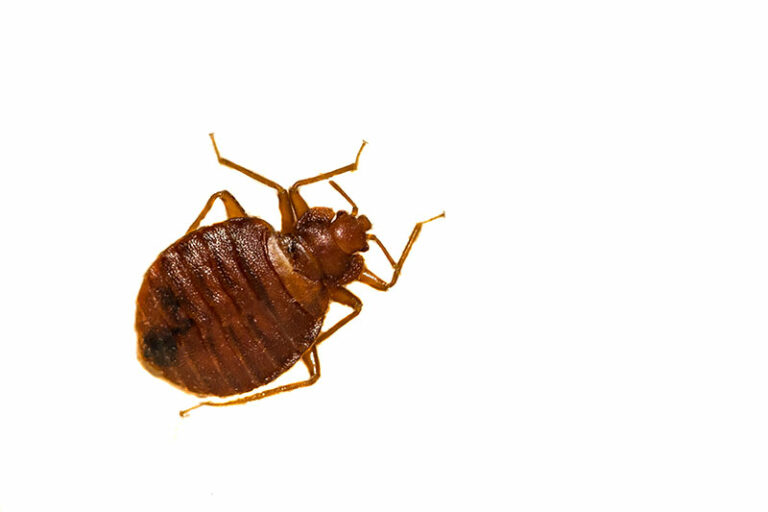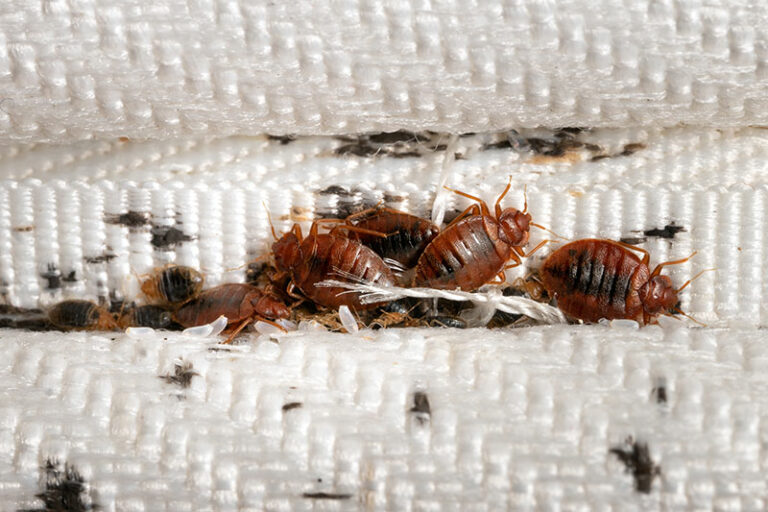Bedbugs are a persistent pest that can be easily introduced into homes and businesses through various means. These wingless insects are excellent hitchhikers and can travel on clothing, luggage, or pets. Infested furniture or other items can also introduce bedbugs into a space, as well as adjacent apartments or buildings. Once bedbugs have infested an area, they can spread quickly and are difficult to eliminate without professional help. Bed bug bites can range from prominent blisters to no reaction at all, making them challenging to diagnose. Furthermore, some people may experience delayed reactions to bites, which can take up to 21 days to appear. In severe infestations, it is possible to be bitten as many as 500 times per night, leading to physical and emotional distress. Early detection and prompt treatment by a professional pest control company are crucial for preventing a full-blown bed bug infestation.

